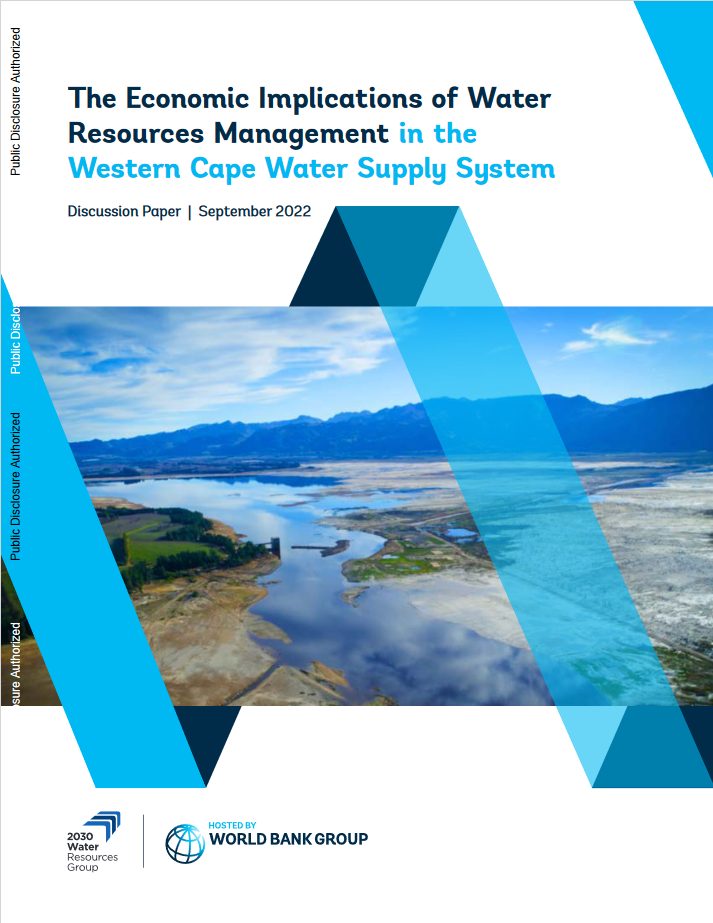NATURE-BASED SOLUTIONS
SOUTH AFRICA
South Africa is a water-stressed country, and understanding linkages between its economy and water is key to its future. The final results of a multi-year hydro-economic study (HES) for the Western Cape water supply system, which demonstrates how central water security is for sustainability and growth, was launched by 2030 WRG and its partners in June 2023. The report provides an analysis of financing options for water augmentation in the system and recommends prioritizing nature-based solutions for water security for the City of Cape Town.
Built around partnership building and dialogue on water security and economic growth, the Cape Town HES also demonstrates the value of such a piece of work for other parts of the country. During the launch of the report in FY23, the 2030 WRG accelerator worked towards partnering with provincial and national government in South Africa’s other provinces on incorporating this type of analysis in a more systematic manner nationally. It sought inputs from key players, including the National Treasury and the Department of Water and Sanitation, which are responsible for economic policy and water resources management respectively. 2030 WRG engaged consultants Pegasys Strategy and Development to manage this in-country work.
To ensure greater impact in future work, synergies with other World Bank programs in South Africa are being explored: for example, links with a decarbonization program in Mpumalanga province, where the World Bank has loaned $497 million to the power facility Eskom to decommission the coal-fired Komati turbo-electrical power plant. This will mean that more water becomes available in the province: a similar HES would identify how it could best be used for sustainable development, including work and economic opportunities.
In the Eastern Cape, one of South Africa’s poorest provinces, the World Bank is working with the provincial government on an agricultural masterplan that includes irrigation, and water-related linkages will be explored. The removal of thirsty alien vegetation, both to free up water supply and restore biodiversity, is one of the first measures to be recommended from the HES for Cape Town, and has already been identified as one potential solution in this Eastern Cape project, as well as in other parts of the country.
A key piece of the Cape Town HES was exploring innovative financing, with the main option being the issuing of green bonds for alien-clearing activities that free up water. In the case of Cape Town, these could conceivably be issued by the city itself, but it also provides a model that the National Treasury could assess and adapt if successful. Nationally, green bonds could be issued through a financing facility such as the state-owned Trans-Caledon Tunnel Authority, which is charged with financing and implementing bulk raw water infrastructure projects. The Department of Water and Sanitation has already approved the concept of allowing surcharges for nature-based solutions: this would be a first step in setting up this kind of green bond.
The accelerator’s government partners in developing the analysis and vision laid out in the HES include the Western Cape Provincial Government, the City of Cape Town, the provincial Department of Water and Sanitation, and the Cities Support Program of the National Treasury. The Nature Conservancy and the Economic Development Partnership also partnered in this work.
The accelerator work also benefited from 2030 WRG’s long-standing partnership with the Strategic Water Partners Network, as well as private sector inputs from partners such as AB InBev.

